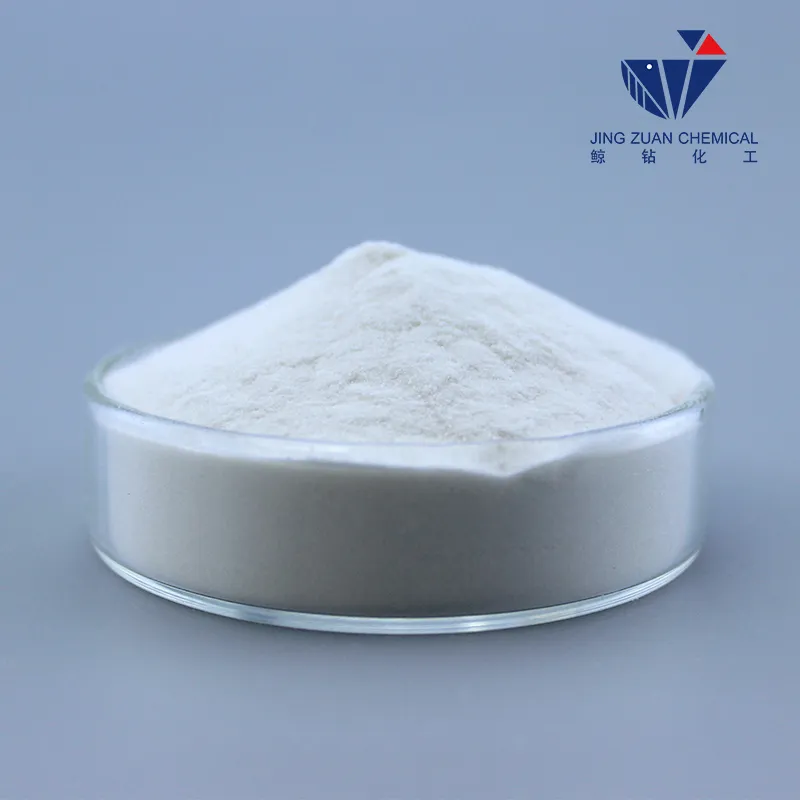
Nov . 10, 2024 00:08 Back to list
Applications and Benefits of Hydroxyethyl Cellulose in Various Industries
The Use of Hydroxyethyl Cellulose Versatility and Applications
Hydroxyethyl cellulose (HEC) is a non-ionic, water-soluble polymer derived from cellulose, a natural polymer that forms the structural component of plant cell walls. The modification of cellulose into HEC enhances its solubility and functional properties, making it a valuable ingredient across various industries. This article explores the diverse applications and benefits of hydroxyethyl cellulose, highlighting its significance in pharmaceuticals, cosmetics, food, and construction.
Pharmaceutical Applications
One of the most critical uses of hydroxyethyl cellulose is in the pharmaceutical industry. HEC serves as a thickening agent, stabilizer, and emulsifier in a variety of medical formulations. Its ability to dissolve easily in cold water makes it ideal for preparing gels and ointments. For example, HEC is commonly used in eye drops due to its effective viscosity-enhancing properties, which help retain moisture and protect the ocular surface.
Moreover, HEC plays a vital role in drug delivery systems. It can act as a controlling agent in matrix-type controlled-release formulations, allowing for the gradual release of active pharmaceutical ingredients (APIs) over time. This is particularly beneficial in managing chronic diseases, where a sustained release of medication can improve patient adherence and therapeutic outcomes.
Cosmetic Industry
The cosmetic industry has embraced hydroxyethyl cellulose for its unique textural properties and ability to enhance the feel of products. HEC is often found in skin creams, lotions, shampoos, and conditioners. It provides thickening and stabilizing benefits, ensuring that products have a desirable consistency and can be easily applied.
Additionally, HEC is appreciated for its skin-conditioning properties. It helps retain moisture and creates a protective barrier on the skin, making it a popular ingredient in moisturizers. Its environment-friendly profile and biodegradability align well with the increasing consumer demand for sustainable and eco-friendly personal care products.
Food Industry
use of hydroxyethyl cellulose

In the food industry, hydroxyethyl cellulose serves as a food additive and thickening agent. It is commonly used in salad dressings, sauces, soups, and dairy products to improve texture and stability. As a gluten substitute in gluten-free products, HEC helps improve the mouthfeel and binding properties of baked goods, allowing manufacturers to cater to the growing gluten-free market.
Moreover, HEC has been studied for its potential to improve the shelf life of perishable products. Its water-retaining properties can help maintain moisture content in food items, reducing spoilage and waste. The food industry benefits from HEC's safety profile, as it is generally recognized as safe (GRAS) by regulatory authorities.
Construction Industry
In construction, hydroxyethyl cellulose is utilized as an additive in cement, mortar, and plaster. It enhances workability and extends the open time of these materials, allowing for better manipulation and application. HEC imparts excellent water retention properties, which help prevent premature drying of the mixture, thereby improving adhesion and overall performance.
Furthermore, HEC is used in tile adhesives and joint compounds, where it aids in achieving a smooth consistency and enhances the curing process. Its lightweight and non-toxic nature make it an attractive option for eco-conscious builders and manufacturers striving for sustainable practices.
Environmental Considerations
As an environmentally friendly product derived from cellulose, hydroxyethyl cellulose has a favorable ecological footprint. Its biodegradability and non-toxic characteristics align with the growing focus on sustainability across various sectors. HEC can be sourced from renewable plant materials, reducing reliance on fossil fuels and promoting a circular economy.
Conclusion
Hydroxyethyl cellulose is a versatile compound that has found applications in numerous industries, including pharmaceuticals, cosmetics, food, and construction. Its unique properties, such as water solubility, thickening ability, and moisture retention, make it invaluable in enhancing product performance and consumer satisfaction. As the demand for sustainable and bio-based materials continues to rise, hydroxyethyl cellulose is poised to play an increasingly important role in developing innovative formulations that meet modern consumer needs while contributing to environmental sustainability. The future of HEC looks promising as researchers continue to explore its potential in new applications, further solidifying its place in various industries.
-
Versatile Hpmc Uses in Different Industries
NewsJun.19,2025
-
Redispersible Powder's Role in Enhancing Durability of Construction Products
NewsJun.19,2025
-
Hydroxyethyl Cellulose Applications Driving Green Industrial Processes
NewsJun.19,2025
-
Exploring Different Redispersible Polymer Powder
NewsJun.19,2025
-
Choosing the Right Mortar Bonding Agent
NewsJun.19,2025
-
Applications and Significance of China Hpmc in Modern Industries
NewsJun.19,2025







